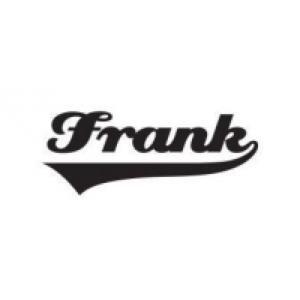Model folosit in studiul consumatorului aflat in procesul de luare a deciziei si de evaluare a alternativelor; ideea conform careia daca doua produse sunt egale in ceea ce priveste cel mai important atribut, atunci consumatorul va compara urmatorul atribut ca importanta, si daca si acesta este gasit in mod egal la ambele produse, va trece la urmatorul atribut ca importanta, si asa mai departe. In concluzie, decizia de achizitie este luata cand unul dintre produse contine intr-o mai mare masura un atribut decat rivalul sau. Alte modele de evaluare a brandului sunt modelul expectantei de valoare, modelul brandului ideal, modelul conjunctiv, modelul disjunctiv si modelul determinantei
A model used in the study of consumer decision processes to evaluate alternatives; the idea that if two products are equal on the most important attribute, the consumer moves to the next most important, and, if still equal, to the next most important, etc. Thus, the purchase decision is made when one of the brands possesses more of an attribute, looked at in order of importance, than its rival. Other models of brand evaluation include the expectancy-value model, ideal brand model, conjunctive model, disjunctive model and determinance model.











